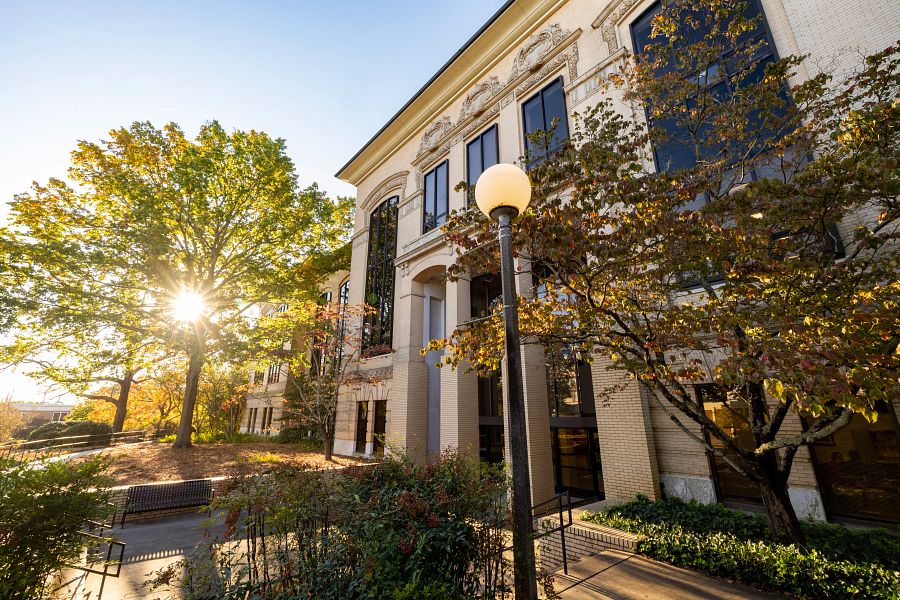Chimney fires cause hundreds of deaths and millions of dollars in lost property every year in the United States. But they can be easily prevented, said University of Georgia scientists.
The key is to keep the fireplace free of cresote build-up, said Julian Beckwith, a UGA Extension Service wood products specialist with the D.B. Warnell School of Forest Resources.
Creosote is a flammable, sticky substance caused by unburned gases that condense on the inside of the chimney.
"We are most concerned about people not keeping their chimneys cleaned properly," said Dale Dorman, an Extension Service housing specialist with the UGA College of Family and Consumer Sciences.
To prevent creosote build-up, Dorman said, take some preburning safety precautions. Check the chimney closely for creosote. Or have a professional chimney sweep do it for you.
"A quarter-inch of creosote build-up signals the time for a cleanup," she said. "Check as often as twice a month during the heating season."
The chimneys of open fireplaces need cleaning only every two or three years, she said. But those serving wood-burning stoves and manufactured metal fireplaces require cleaning annually, she said. That's because their fires burn more slowly and produce more creosote.
The county extension office can provide thorough information on how to properly clean your chimney.
You can protect your chimney from creosote build-up while your fire is burning, Dorman said. Burn only well-seasoned wood, and avoid using low damper settings for extended times.
The temperature of the fire also plays a big role in creosote formation or burning, she said.
Always run a wood stove within the manufacturer's recommended temperature limits. "Too low a temperature increases creosote build-up," she said, "and too high a temperature may eventually cause damage to the chimney and result in a chimney fire."
Avoid roaring fires, Beckwith said, by adding only enough fuel to keep the fire at the desired temperature. And never burn household trash, cardboard or Christmas trees in your fireplace. The sparks they produce can lead to chimney fires.
Being prepared to deal with a chimney fire, he said, starts with being able to identify them. "Sucking sounds, a load roar and shaking pipes are all signs that you have a chimney fire," he said.
Fires can be controlled, he said, with minimal damage if you follow some guidelines. "Always call the fire department first," he said. "Cut off the fire's air supply by closing any air intake vents to the firebox, close the stove damper, and always keep a class ABC dry chemical fire extinguisher handy."
Check the structural soundness of the chimney, too, Dorman said. "Check for any damages that may have happened in the past heating season," she said. "Look often for signs of structural failure and have any damages repaired immediately."
Other signs of structural damage include corrosion or rusting of the inner liners of metal chimneys and buckling, separation of the seam or collapsing of the inner lining of metal chimneys, Dorman said.
Improper installation of the fireplace or stove is another culprit of starting fires, she said. Placing the chimney too close to wood framing or thermal insulation or improperly passing the chimney through a ceiling or wall can cause the wood framing to ignite.






